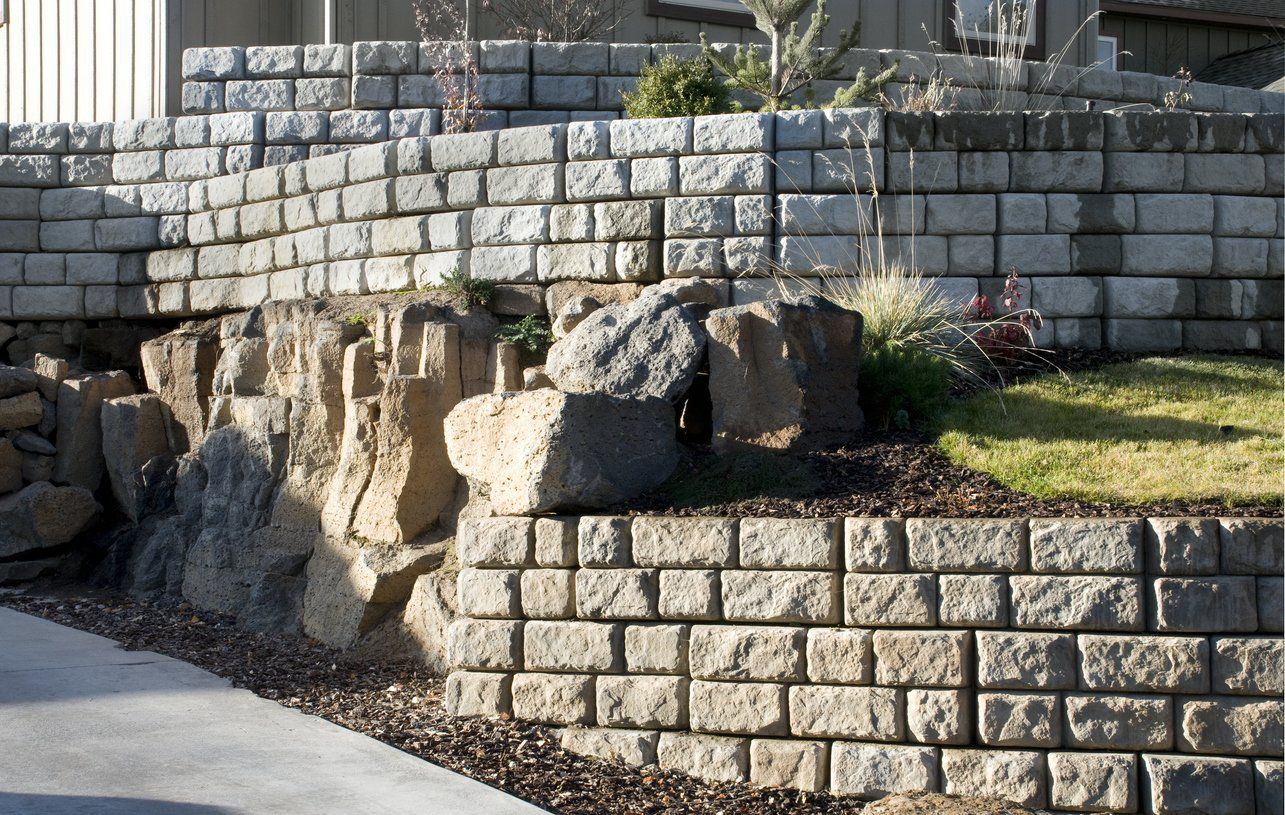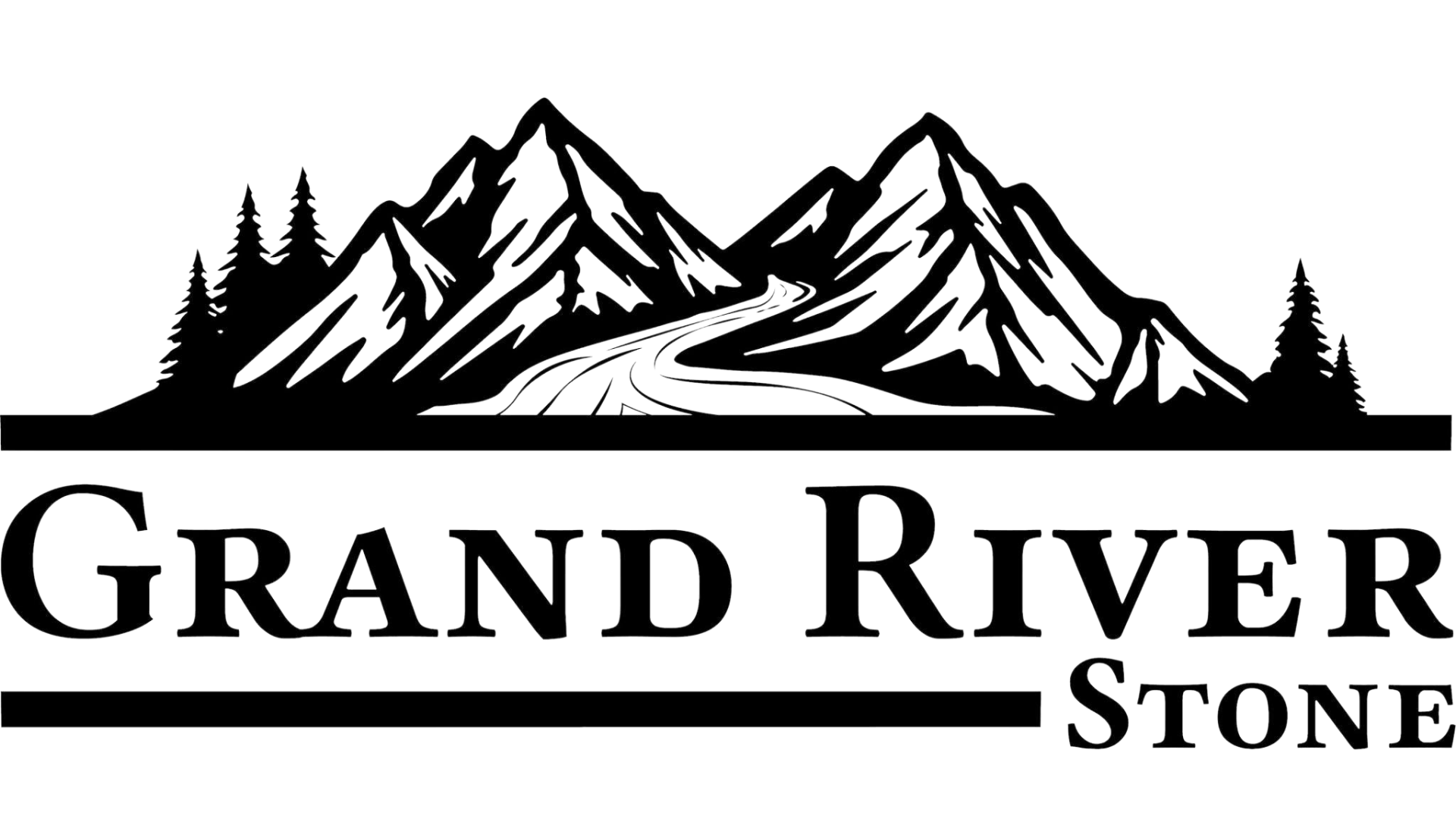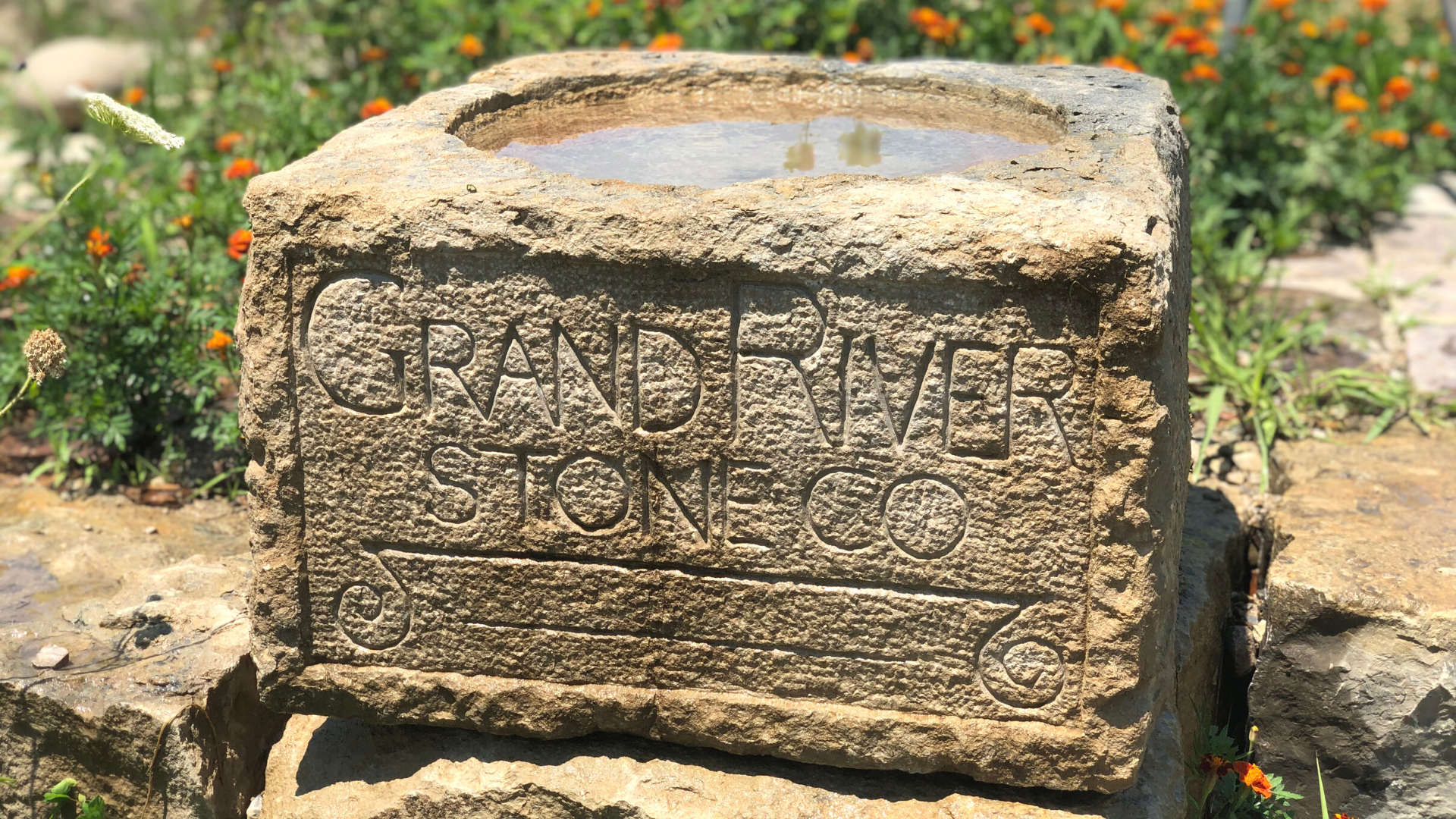Building Quality Retaining Walls With Limestone Blocks
Aug 31, 2022
Strong, beautiful, and affordable, limestone blocks are one of the most dynamic building materials on the market. You can use them for everything from fences to garden beds and retaining walls without marring their aesthetic appeal.
Limestone blocks are handy if you wish to
build a strong and durable retaining wall without breaking the bank. Here's how to build a strong retaining wall using limestone blocks.
A Good Foundation is Most Important
The type of foundation you need depends on the size of the retaining wall you're building. A trench filled with gravel is ideal for a short, step-back retaining wall with up to five courses. Larger retaining walls will require a buried structural footing. Check your local building codes for recommended base preparation.
Typically, retaining walls in colder climates require deeper footings. The foundation must extend below the frost level to avoid shifting and moving when the soil moisture freezes and heaves. You'll need to pay more attention to the base separation when building a retaining wall on boggy or soft ground. A compacted layer of crushed gravel is adequate when building a small retaining wall.
What Installation Equipment is Helpful?
An excavator with a thumb is the preferable equipment when building a retaining wall with large limestone blocks. The hydraulic thumb is perfect for picking the bulky block when laying them to make the wall. Thumbs provide the extra grip you need to move a limestone block that weighs between 1000-2000 lbs. You may opt for a tractor or loader with fork attachment if you don't have access to an excavator. Be sure that equipment is rated for lifting this kind of weight.

Set the Base Level
Due to erosion, retaining walls are built on a solid foundation made of gravel. Fill the trench with gravel stones between ½-inch and ¾-inch in size to create a layer at least 6-inch thick. Angular, sharp-edged gravel with fines is the best choice for base material because it ensures perfect compaction.
Round rocks such as pea gravel are unsuitable because they tend to roll and dislodge under pressure, causing the wall to fail. Rake the stone to ensure even distribution and temper the base to ensure the grave is evenly compacted. Leveling the base will speed up the rest of the wall.
Backfill Required for Limestone Blocks
Backfill is the dirt behind a retaining wall, and the backfill requirements vary between projects. Check with local builders or building codes to establish the type of backfill recommended for your area. Typically, clean, well-graded gravel is the best backfilling material for a retaining wall. Gravel doesn't retain water; hence the wall will experience minimal lateral loads.
Be sure to use a fabric barrier to prevent the migration of smaller particles into the drainage aggregate. After setting each row, you should backfill and compact up to the level of the stones you have set. Once you've reached the full height, you can bring the native soil to the back of the wall to a depth of 6"-12" if you wish to plant grass or other plants.
How Hard is it to Maintain Limestone Walls?
Since limestone is tough and hardwearing, these retaining walls require very little maintenance. However, you should protect your limestone retaining wall from large quantities of water from a downspout or sump pump. If the water continuously drains behind the wall, the excess water could comprise the foundation and cause the wall to sink.
Inspecting your retaining wall regularly, especially after winter, is advisable. The sub-optimal temperature may cause the blocks to develop small cracks. Fixing the small cracks quickly keeps them from widening and compromising your wall.
Get Your Limestone Blocks From Grand River Stone!
Grand River Stone is one of the leading limestone block suppliers in America. We supply quality limestone ledges in three sizes – 9", 14", and 18". You can install the ledges as is or use our patented Grindstone process to cut and dimension them to your liking for faster and easier installation. Contact us today and let us help you with your retaining wall needs!
Business Hours
- Mon - Fri
- -
- Sat - Sun
- Closed
Service Area
© 2024 | All Rights Reserved | Grand River Stone | Privacy Policy
Web Design by Tekkii, LLC

